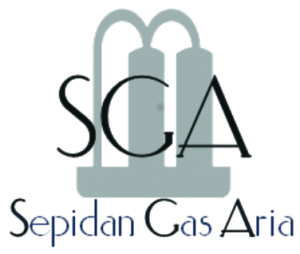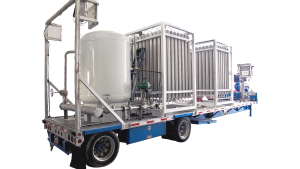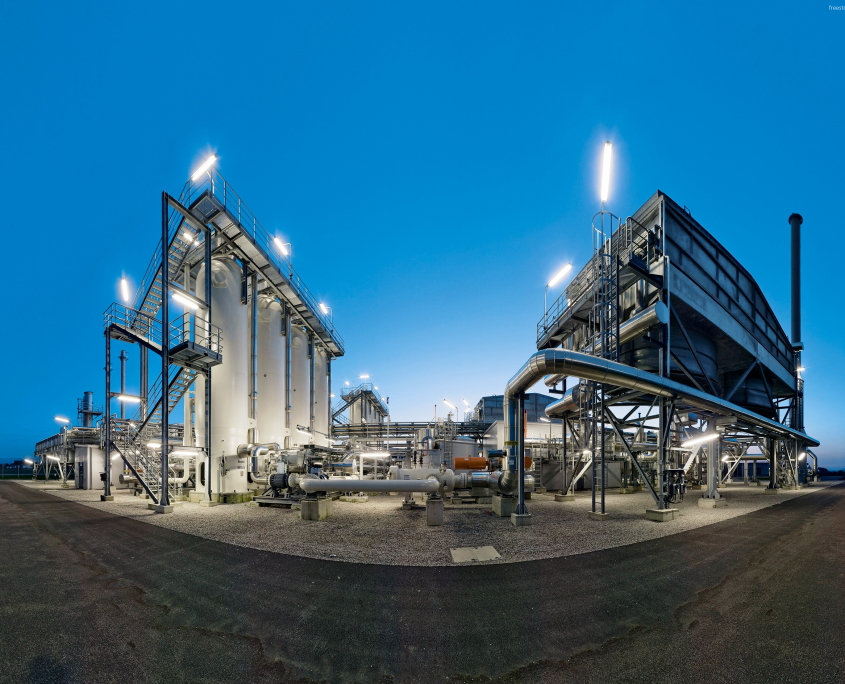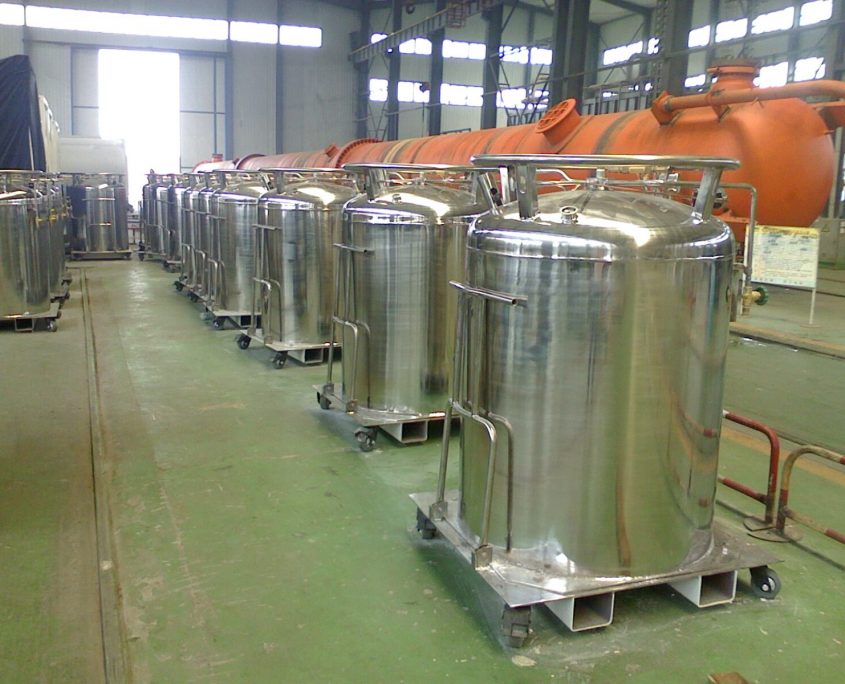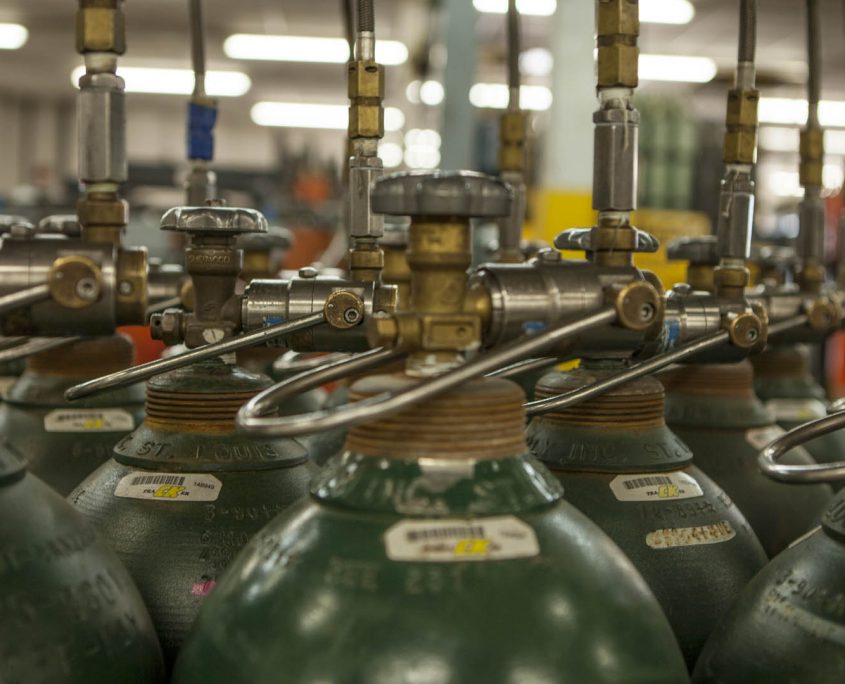- Oxygen
- Nitrogen
- Hydrogen
- Argon
- Mix: A mixture of the above gases.
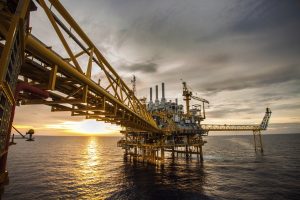
Industrial Gases:
Industrial gases in a wide range of industries, including oil and gas, petrochemicals, chemicals, electricity, mining, steel making, metals, environmental protection, medicine, pharmaceuticals, biotechnology, food, water, fertilizers, nuclear energy, electronics and etc are applicable. Industrial gases are sold to other industries, and typically include large orders for different customers.
- Liquid Oxygen(Usages: Automotive & Transportation Equipment, Chemicals, Energy, Glass, Healthcare, Metal Productions & … )
– Liquid oxygen is carried in portable flasks and cryogenic tanks.
– The liquid oxygen density is 1141 kg per cubic meter, so a liter (one thousandth of a cubic meter) of liquid oxygen will be 1.141 kg.
- Liquid Nitrogen(Usages: Freezing of food products, Cryotherapy, Shielding materials)
– Liquid nitrogen is also carried in cryogenic tanks.
– The density of liquid nitrogen is 808.4 kg / m 3, and one liter is equivalent to 0.808 kg.
– Liquid nitrogen is the liquefied form of the element nitrogen that is commercially produced by fractional distillation of liquid air.
- Liquid Argon(Usages: Welding, Lighting industry, Semiconductor manufacturing)
– Liquid argon is tasteless, colorless, odorless, non-corrosive, non-flammable and very cold.
– The density of the liquid argon is 1394 kg / m 3, which is a liter of it will be about 1.4 kg.
– Liquid argon is tasteless, colorless, odorless, noncorrosive, nonflammable, and extremely cold. Belonging to the family
of rare gases, argon is the most plentiful, making up approximately 1% of the earth’s atmosphere.
– Argon is produced at air separation plants by liquefaction of atmospheric air
and separation of the argon by continuous cryogenic distillation.
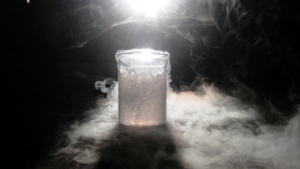
Liquid Gases:
The industrial gases in liquid form and in a very low temperature that are much easier to carry (cryogenic process).
Cylinders and Cryogenic Tanks
- Low Capacity Cryogenic Tanks
Designed for small carrying.
- High Capacity Cryogenic Tanks
For carrying and storing in large sizes.
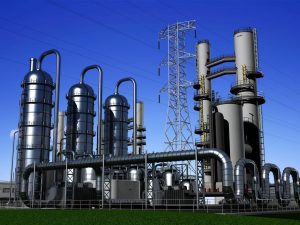
Cryogenic Tanks:
The Cryotank or Cryogenic reservoir is a tank for the storage of liquid gases. Cryotanks and Cryogenics can be found in many science fiction films, but today it is still a high technology and growing. The term “cryotank” refers to the storage of ultra-cold fuels, such as liquid oxygen and liquid hydrogen.
- Low Pressure Cylinders
Low pressure cylinders (under 500 psi) come in a variety of sizes. Some examples of gases supplied in low pressure cylinder are LPG and refrigerant gases.
- High Pressure Cylinders
Some examples of gases supplied in High pressure (under 10000 psi) cylinders include Nitrogen, Helium, Hydrogen, Oxygen and Carbon Dioxide.

Cylinder:
Cylinders are used to carry and store gases at a pressure above the normal pressure of the atmosphere.
Vaporizer
- Vaporizer
To evaporate liquid gases.
